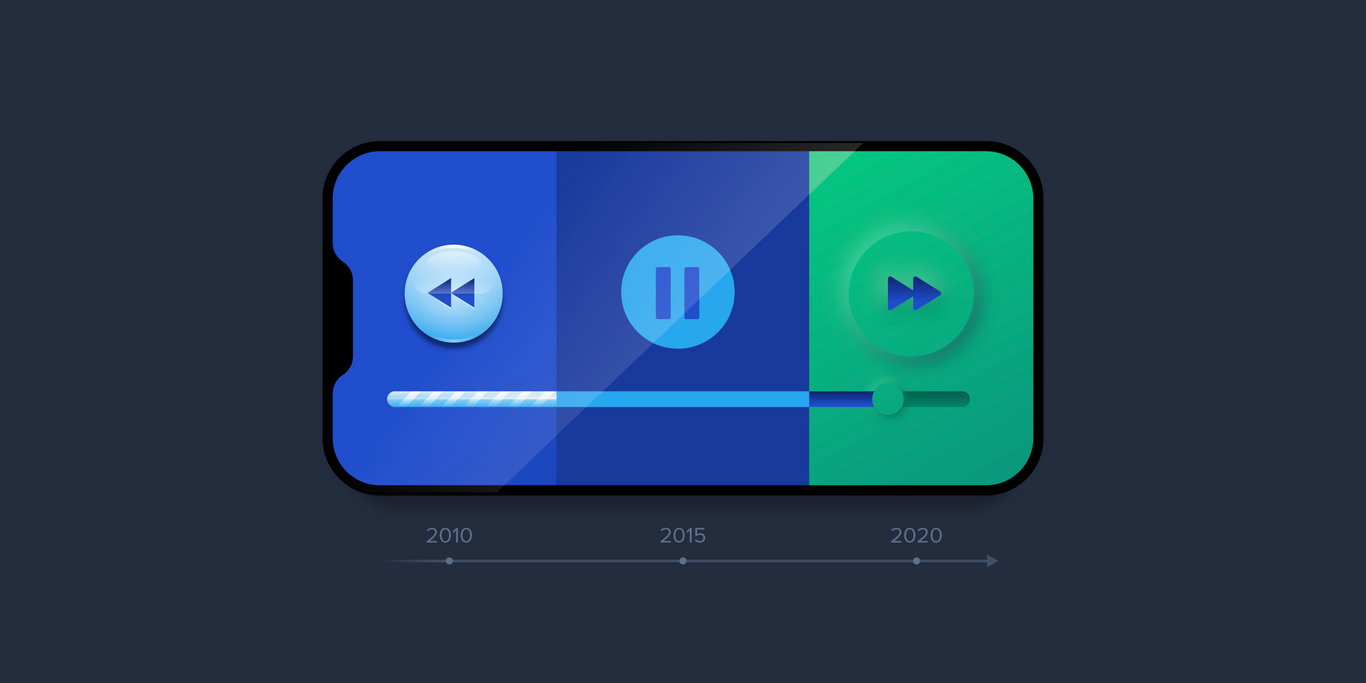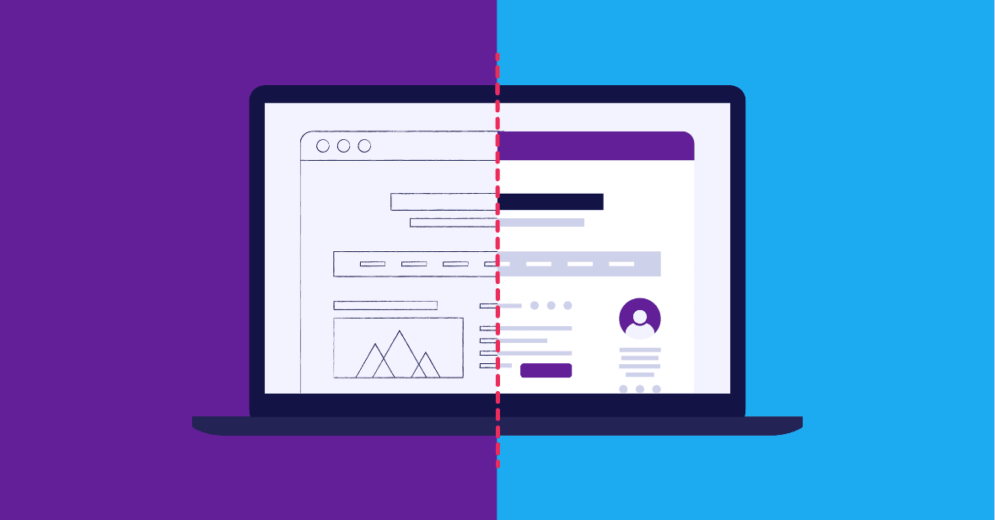
The Impact of Color Psychology in UI Design: Crafting Memorable Interfaces
By Udit Agarwal

In the dynamic world of user interface (UI) design, every element plays a crucial role in shaping user experiences. Color is one of a designer’s most influential and subtle tools. The impact of color psychology on UI design goes beyond aesthetics; it influences emotions, perceptions, and user interactions. Crafting memorable interfaces requires a deep understanding of how color choices evoke specific feelings and responses. Let’s delve into color psychology and explore how it shapes the user journey in UI design.
Understanding Color Psychology:
Color psychology studies how colors affect human behavior, emotions, and perceptions. In UI design, colors can significantly impact how users engage with a product or application. Each color has its unique psychological associations:
Red: Often associated with passion, urgency, and excitement, red can be attention-grabbing. It is frequently used for buttons or alerts to evoke a sense of urgency or importance.
Blue: Conveying trust, calmness, and professionalism, blue is a popular choice for corporate and financial applications. Lighter blues may promote a sense of tranquility, while darker blues convey a sense of stability.
Green: Symbolizing nature, growth, and health, green is commonly used in apps related to wellness, finance, and the environment. It is soothing to the eye and can represent a positive call to action.
Yellow: Energetic and optimistic, yellow is often associated with warmth and positivity. UI design can draw attention to specific elements without being overly aggressive.
Purple: Representing luxury, creativity, and sophistication, purple is often used in designs targeting a more artistic or upscale audience.
Utilizing Color Psychology in UI Design:
Establishing Brand Identity:
Colors play a pivotal role in establishing and reinforcing brand identity. Consistent use of brand colors across the UI helps users recognize and remember the brand.
Creating Visual Hierarchy:
Colors can be used to establish a visual hierarchy, guiding users to focus on specific elements. Vibrant colors can draw attention to crucial buttons or call to action.
Enhancing Usability:
However, Carefully chosen color schemes enhance the usability of an interface. However, contrasts between background and text colors ensure readability, creating a seamless user experience.
Eliciting Emotional Responses:
Colors evoke emotional responses. For instance, a meditation app might use calming blues and greens, while a fitness app could incorporate energizing yellows and oranges to motivate users.
Signifying Functionality:
Colors can signify functionality and purpose. Using a consistent color scheme for similar functions aids users in understanding the meaning of various elements.
Adapting to Cultural Contexts:
Moreover, understanding cultural associations with colors is essential for global applications. Colors may carry different meanings in various cultures, and sensitivity to these nuances is crucial for effective UI design.

Case Studies:
Calm and Intuitive:
Additionally, meditation app employs a soft palette of blues and greens to create a calming and intuitive user interface. Further, the color scheme aligns with the app’s goal of promoting relaxation and mental well-being.
Energetic and Engaging:
A language learning app targeting children uses vibrant yellows and oranges to create an energetic and engaging interface. Further, the lively colors evoke a sense of playfulness, making the learning experience enjoyable for young users.
Conclusion:
Moreover, in UI design, color is a silent yet powerful communicator. Understanding the principles of color psychology empowers designers to create visually appealing interfaces that resonate with users on a deeper level. Crafting memorable interfaces involves a thoughtful selection of colors that align with the application’s brand, purpose, and emotional tone. In the ever-evolving landscape of digital experiences, the impact of color psychology remains a timeless and influential aspect of UI design.